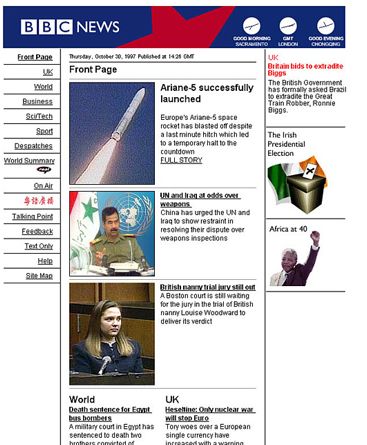Back when I was in architecture school, about one million years ago, one of our tutors – I can’t remember but I think it was the brilliant Malcolm Parry – used to delight in taking us on site visits to semi-famous, or at least distinguished buildings; and then guiding us as fast as he could to an example of what he called the “Oh, Shit.”
The “Oh, Shit” was his short-hand for the condition of best-laid plans meeting reality.
When all the drawings, sections, detailed drawings and meticulous sourcing in the world clash with odd corners of the physical world, weather, materials and not least the vagaries of human labour.
It’s what Bryan Boyer calls the “Matter Battle”. He puts it beautifully:
One enters a Matter Battle when there is an attempt to execute the desires of the mind in any medium of physical matter.
Here’s a prime example of an “Oh, Shit” – on 10 Hills Place by Amanda Levete (which I wrote a little bit about here).
Malcolm held that the mark of a great architect or designer was not that there were no “Oh Shits” – he saw it as fundamental natural law that there would be – but how the designer resolved it.
How tasty the lemonade made when the team are handed lemons.
This came to mind when I read the recent article on The Register about the launch of BBC News Online, 15 years ago (!) last month.
I have a bit-part in the article:
Matt Jones’ design team had come up with a set of HTML layouts that followed best practice guidelines, but nobody was wedded to the styling, which made use of putty-like beiges and greys.
The BBC at the time was going through a corporate rebranding exercise, which involved commissioning a new logo from design agency Lambie Nairn. The BBC had used sloping letters for its logo, with few variations, since 1962. Lambie Nairn straightened the characters, and changed the font to Gill Sans, and the letters looked better on computer screens. The new logo had yet to be unveiled to the public, and only be made public on 4 October in 1997. Everyone was ordered to work with the WPP-owned branding agency. So rather reluctantly, the News Online team sent their templates to Lambie Nairn with the invitation to “reimagine” them.
Almost overnight, a junior working at the agency, who had no web layout experience, sent back a new set of designs. “Mike, Bob and I looked at them and thought these were so much better,” said Karas.
Without kicking up a fuss, Jones set to work rewriting the news website’s HTML, even though this meant revising every template in the system. Jones would become creative director after the site’s launch, giving News Online a clean, simple and consistent look, and some clever and subtle touches. Even today, the first News Online pages look clean and modern – one of the few websites from 1997 that hasn’t dated – and look better than their contemporary versions.
A few inaccuracies in this – the chap described as “a junior at the agency” who came up with the Lambie-Nairn proposals was an excellent fellow Welshman called Gareth Mapp, who was in fact a senior designer there at the time, but he came from a print and moving image design background, with no experience of the web. This wasn’t unusual back in 1997.
Also, we’d been working on layout/visual proposals with a small design agency called Sunbather that I’d worked at previously, who were soon to be acquired by Razorfish . Mike Bennett (now of Oil Studios) continued to work with me in the aftermath of the Lambie-Nairn U-Turn to resolve the designs a little more. The brilliant Pete Lane, Sam Urqhart and Jude Robinson really then made the miracle happen turning them into HTML and other front-end code.
Anyway.
This was the “Oh, Shit”.
Matt Karas remembers me and him sitting in the BBC Canteen, overlooking the fabled Blue Peter Garden – the statue of Petra the dog staring at us judgmentally, while we re-drew every template of every page of the site by hand to figure out how we could make it work.
We had 48 hours from the time the designs from Lambie Nairn came in and Bob Eggington/Mike Smartt approving them, and the deadline for getting the html ready to keep the site on track for launch.
Committing to the new designs, and throwing away the months of work we had done was hard.
But we all felt the “Oh Shit.”
We all felt that the new direction was the right direction.
I think recognising this – when there is a path from a crisis that involves risk but rewards you hugely – with something you wouldn’t have imagined, is at the very heart of design. It’s certainly an incredible feeling when it works, when the judo-flip flows just so, and you end up somewhere brilliant.
That’s something the team at BBC News did 15 years ago – a team I’m really proud to have been a part of.










